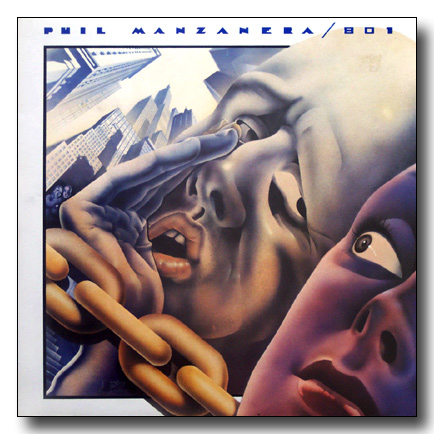
%25202-Town-Hall-5-G-web.jpg)



Microphones
Michael’s experience of live recording led him to the view that using a coincident pair of figure-of-eight microphones gave a more faithful sound for classical and many other types of music than the multi-microphone technique used by most professionals. He vigorously promoted this view in an article entitled ‘Why Coincident Microphones?’ published in the March 1971 issue of Studio Sound (Vol 13, pages 117, 119, 140). It was a rebuttal of a previous article advocating multi-microphone techniques, whose author claimed that the recorded sound should be better than reality, because it is heard in the home, not in a concert hall. Michael gave a long list of those aspects of multi-microphone recording that he did not consider ‘better’, concluding ‘I do not believe that it is “better” to disguise the inevitable imperfections of a human performance and not to be able to hear what the musical intentions of the players were.’
Blumlein technique
He believed that the most satisfactory of all stereo images is obtained by the classic Blumlein technique, i.e. the use of 90 degree angled crossed figure-of-eights. Blumlein recordings have a most remarkable stereo stability, giving a well-centred image almost everywhere in the listening room.
It gave Michael great satisfaction to promote the work of his hero, Alan Blumlein, a prolific inventor whose work included devising a way of recording stereo sound on disc. Michael often exclaimed with admiration, ‘Blumlein was granted a patent every 16 days of his working life!’ I had the distinct impression that Michael saw himself as a successor to Blumlein.
The choice of microphone for Blumlein recording was obviously important. Michael recommended the Reslo RBT for the ‘impecunious amateur’, and wrote that ‘The best mike that I know for Blumlein recording is the BBC-type STC 4038 ribbon.’ These remarks were based on personal experience, since Peter had a pair of Reslos (the slightly different VRT model) Reslo Microphones which we used in the early days. Philip later bought a pair of 4038s which were used for OUTRS recordings during his time at Oxford. 'STC 4038 Microphones'.
In his article, Michael turned to the question of microphone placement. With gentle irony, he stated that
In his article, Michael turned to the question of microphone placement. With gentle irony, he stated that
The rule here is so astonishing and difficult that many engineers seem to think that balancing up twenty or so mikes is a lot quicker. The rule is to walk around during a rehearsal or first run-through, find out what position makes the music sound best live, and then place the microphones at that precise point at ear height!
Initially sceptical, Michael found by experience that this method worked excellently.
He was ‘enormously chuffed’ by support from Peter Walker, the owner of the company making Quad amplifiers and loudspeakers, who said he agreed with everything Michael had written. ‘Michael obviously feels part of the in-crowd now!’
NoB - as usual an humble, little note... (the bold in above text is mine...)
I recently found and bought a pristine pair of original STC 4038A ribbon microphones (see a previous, recent post on TGE's Blog)... will soon try on my ears if they'll sonically surpass my classic, well-known stereo Neumann USM-69 in Blumlein, double figure-8 crossed configuration...
England vs. Germany? Who'll win?
;-)
I owe a BIG "Thank you!" to the late Michael Gerzon http://en.wikipedia.org/wiki/Michael_Gerzon and to Stephen Thornton for his superb site.
P.S. - do you a favour: click on "live" Reslo and STC 4038 words above... a world of FANTASTIC essays and pictures will open to your eyes and mind!






.jpg)























.jpg)






































No comments:
Post a Comment